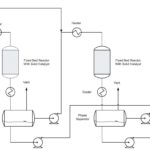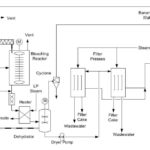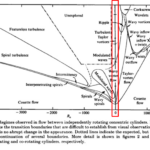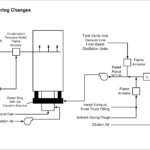Overview Feedstocks with high Free Fatty Acids cannot go directly to transesterification; first you must go through the esterification process. This is because the transesterification catalyst sodium methylolate reacts with the free fatty acids and forms soap. Instead, esterification of the free fatty acids is accomplished in two catalyst beds in series, with solid … [Read more...]
Degumming of Feedstocks – Part 2
1. Overview The Degumming of biodiesel feedstocks process is necessary prior to the esterification and transesterification processes. Typical crude degummed oils have had their Hydratable Phospholipids (HPLs) removed by a simple water wash process. We typically accomplish this at the crushers facility. However, a typical soybean oil contains both hydratable … [Read more...]
Utilizing the Spinning Tube in a Tube® Reactor in Flow Chemistry
On July 31, 2018 our CEO, Mr. Rocky Costello, P.E., gave a presentation titled "Utilizing the Spinning Tube in a Tube® Reactor in Flow Chemistry" at the Annual Congress on Medicinal Chemistry, Pharmacology and Toxicology conference in Amsterdam. The subjects that Mr. Costello discussed include the following four topics: STT® Discovery Patented Technology Research … [Read more...]
Understanding Biodiesel Chemistry – Part 1
In this 5 part blog series on Biodiesel Production, we will discuss the following 5 areas over the next 5 weeks: Chemistry Degumming Esterification Transesterification Purification When starting with crude degummed oils that have not been alkali refined, then step one is usually performed by the crusher and steps 2, 3 and 4 by our Biodiesel Technology. 1. … [Read more...]
Flashbacks From Thermal Oxidizers and How Redesign Prevents Them
Introduction Flashbacks from Thermal Oxidizers cost the Chemical Process Industries millions of dollars in equipment damage and plant down time. Why does this happen? Is it the manufacturers of the thermal oxidizers fault? It is normally not the manufacturers fault. The thermal oxidizers operating manual normally says that the client must follow NFPA guidelines. NFPA … [Read more...]




